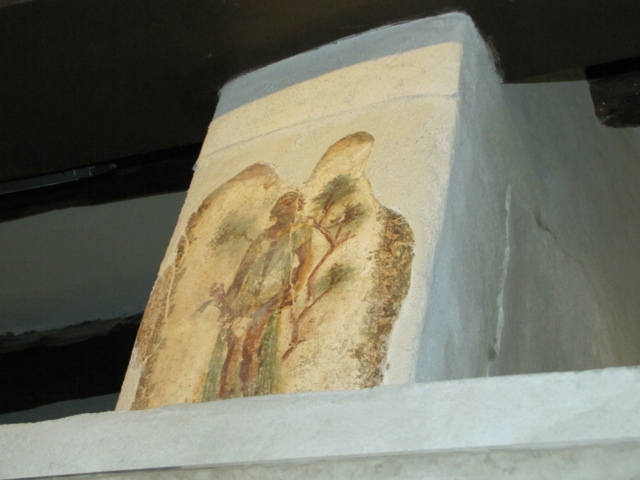JUST about every schoolgirl and boy learns about the catastrophe of Pompeii.
But until I visited the city that was destroyed during the eruption of Mt Vesuvius in 79AD, I did not really understand how advanced and civilised the Romans really were.
Their engineering capabilities and living standards were unbelievably ahead of their time.
No wonder enthusiasts such as our US travelling companion John insisted that his wife could book any tour of Italy, as long as it included Pompeii in southern Italy near what is now the city of Naples.
Now I feel the same because our two-hour visit was nowhere near enough to see and be enveloped by this "living" example of ancient history.
The area was no stranger to eruptions and in fact, Pompeii had been built on a foundation of lava from earlier eruptions of Vesuvius, which lies about 11km away.
Our local guide Pepe says everyone was going about their business in Pompeii when the first signs of the volcanic eruption were felt about noon on August 24, 79AD.
Of the 15,000 living in the city at the time, 2000-3000 lost their lives immediately during the three-day eruption that produced mud, toxic gases, ash and pumicestone - no lava.
Residents thought the worst was over after the first explosion. But a second explosion occurred about two to three hours later, spewing poisonous gas, ash and pumicestone for three days.
We see the bidies of four poor souls who were "perfectly" carbonised in the positions in which they fell victims to the poisonous gas and ash - with one even in the sitting position, holding their nose. Incredibly humbling and heartwrenching.
During our Globus tour of the city, Pepe introduces us to fascinating points of interest such as: the amphitheatre which could seat 3000 peope for comedies and drama; "backstage" at the smaller theatre for 800 (the first four rows were reserved for VIPs) where a present-day singer warms up the vocal chords as we visit; how to tell a shop from a house by the groove out the front (shop) or smooth steps ( house); pharmacies; small and large wine bars (large wine bars had a larger counter and also had an oven to serve hot food); bakeries with ovens for bread that was round and thick like a pizza that were already portioned with cuts on top - the first sliced bread, perhaps (fragments of which were found still in the ovens); pedestrian crossings with big stepping stones that still allowed chariots to pass when free; hotels with while-you-wait bars; and some of the 42 fountains complete with taps; and the terracotta pots - flat base for water and pointed base for oil to allow for stacking in sand on ships, or example.
But by far the most interesting areas for me are the brothel and the Roman baths.
The public baths is one of the most beautiful buildings excavated in Pompeii.
It boasted make and female sections, dressing rooms with lockers, gymnasium with pool, massage rooms with hot tubs like today's hydrotherapy pools and cool water in a "fridgidarium" as well as a type of central heating of floors and walls from boilers and ovens.
On our travels through the backstreets of the site, we come across phallic symbols in the road and on a corner wall, pointing the way for strangers to the town to the brothel which offered the comforts of a mattress and pillows atop a stone bed.
Many of the visitors to Pompeii were travellers who didn't speak in the same tongue so an erect penis certainly speaks the universal language.
Lesson of the day: Too much fun can drive you to ruin.




















No comments:
Post a Comment